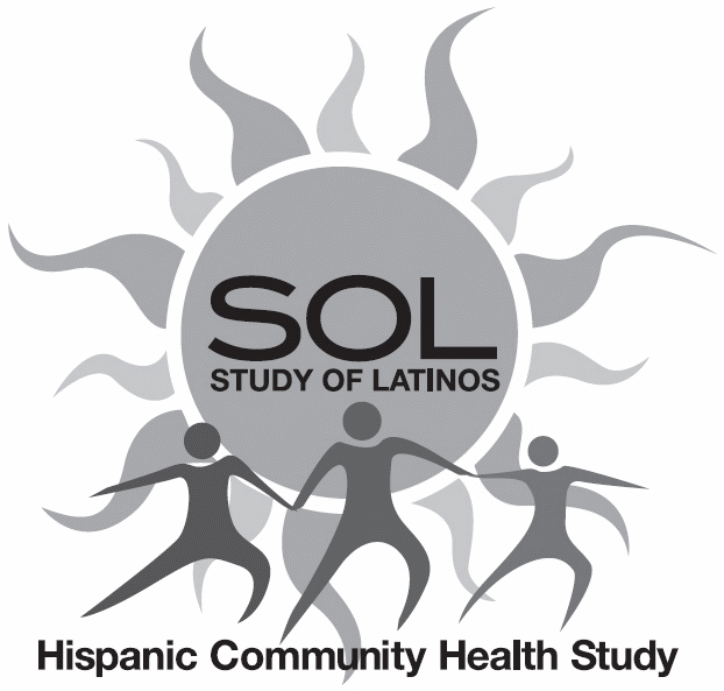Personal Information QxQ_1-29-08[1]
Personal Information QxQ_1-29-08[1].doc
The Hispanic Community Health Study/ Study of Latinos (HCHS/SOL)(NHLBI)
Personal Information QxQ_1-29-08[1]
OMB: 0925-0584
H

CHS/SOL Personal Information QxQs

General Instructions
This section of the interview assesses sociodemographic characteristics of the participant including information designed to correctly classify the ethnicity of the participants as well as parents and grandparents. This information is essential since one of the objectives of the Hispanic Community Health Study is a comparison of the health status of the major Hispanic subgroups residing in the United States. The accurate collection of sociodemographic information such as educational attainment is also critical given that many health status indicators vary by measures of social class.
Q1. Assess gender. In almost all cases classification of gender is self evident. You may enquire about gender if you are uncertain.
Q2. Collect date of birth. Accurate collection of date of birth is essential since this information will be used later for tracking the health status of the participant via medical record search and other databases such as the National Death Index. Use leading zeros to fill out month, day, and year. For example, if the participant was born in March, for month you would record “03” not “3”.
Q3. Assess marital status. Read the response options in the order presented until the participant makes a selection. You may need to repeat the response options. For participants having difficulty with this question you can rephrase the question as follows: “Which of these categories best describes your current marital status.”
Q4. Ask the respondent to indicate which country or territory they were born in. You must convert this country to a two-digit location code which is located on the last page of the Personal Information Page. This list is alphabetized by name of the country (e.g., “01 for Afghanistan to “66” for the Virgin Islands). The code for the United States is “63”. Other codes which you may encounter frequently include: Mexico (“46”), Puerto Rico (“57”), and Cuba (“18”). It is important that you have some familiarity with the other countries listed on the location code page. Code “67” (Other) is used only when country of origin is not found on the list. Code “99” is recorded when the respondent refuses to answer the question or reports that he/she does not know their country of origin.
Q5, 5a. Ask the respondent to indicate their Hispanic/Latino heritage in item 5. Read the response options in the order presented for item 5a. You may need to repeat the response options. Check box number 6 for those who report more than one Hispanic/Latino heritage. If none of the categories apply, check box number 7 (other) and record the participant’s self-described heritage.
Q6. Assess the self-described race of the participant. In order to distinguish from the previous question you should emphasize the word “addition” at the beginning of this sentence when asking this question (“In addition to….”). Read the response options 1 through 5 in the order presented, omitting the “Unknown or Not Reported” category. You may need to repeat the response options. If unknown, not reported or refused check box number 6. OMB reporting guidelines for observational studies and clinical trials mandate that study recruitment be reported annually by race/ethnicity, so it is important this information should never be missing.
9/14/07
| File Type | application/msword |
| File Title | RIVUR |
| Author | CSCC |
| Last Modified By | curriem |
| File Modified | 2008-12-03 |
| File Created | 2008-12-03 |
© 2026 OMB.report | Privacy Policy